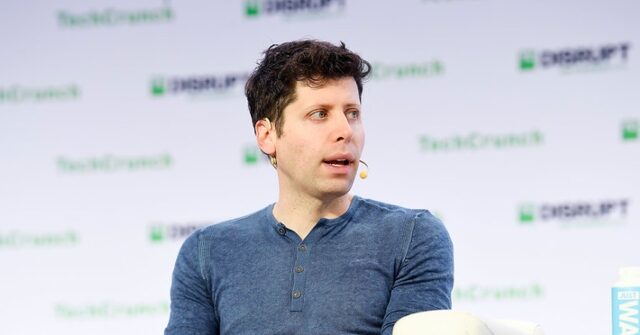The partnership between Microsoft and OpenAI, once celebrated as a monumental collaboration in the tech landscape, has recently come under pressure. Reports indicate that financial burdens and diverging priorities are creating fissures in what was seen as an ideal alliance. Initially, the synergy between these tech giants flourished, particularly with the advent of OpenAI’s widely popular AI chatbot, ChatGPT. However, insights from various sources familiar with the intricacies of the partnership suggest that the solid relationship is wavering, revealing the complexities behind their collaboration and future potential.
Financial strain appears to be one of the primary variables affecting the dynamics between Microsoft and OpenAI. With Microsoft having injected approximately $13 billion into OpenAI over the past five years, the expectations for strong returns and effective utilization of funds have led to growing tensions. Reports highlight the struggles OpenAI faces as it anticipates a staggering loss of $5 billion this year, intensifying its reliance on Microsoft for both financial and computational backing. The necessity for additional support has prompted OpenAI’s CEO, Sam Altman, to request further investments from Microsoft’s CEO, Satya Nadella, thus accentuating the stakes at play.
However, disagreements have emerged, particularly following the unexpected ousting of Altman by OpenAI’s board. Microsoft’s initial willingness to extend additional support was called into question, leading to a re-evaluation of their commitment amidst concerns over leadership stability and operational direction at OpenAI. As OpenAI consistently sought greater computing resources, Microsoft grew more hesitant about increasing its financial investment. This reluctance ultimately left OpenAI in a precarious situation, reflecting the widening gap between the two companies’ priorities.
In response to these challenges, OpenAI sought to adapt its strategies, including renegotiating its agreements with Microsoft. The startup has pushed for reduced operational costs and the autonomy to procure computing power from alternative providers. A notable concession occurred in June when Microsoft allowed OpenAI to sign a significant $10 billion computing deal with Oracle, showcasing OpenAI’s resolve to diversify its support network, which now also includes investments from tech firms like Nvidia. Despite these moves to secure further funding and resources, the underlying strain between the two companies remains palpable.
Moreover, the tension within OpenAI regarding Microsoft’s support is compounded by internal fears of stagnation. Employees have voiced concerns about insufficient computing resources, while increasingly competitive landscapes evoke anxiety around the risk of other companies surpassing OpenAI in the AI race. Such apprehensions underscore a collective sentiment that places the onus of potential failure on Microsoft for not delivering adequate support to bolster OpenAI’s ambitions and safeguard its position in the fast-evolving AI sector.
In a strategic pivot, Microsoft appears to be recalibrating its partnership approach. In a move indicating a desire to diversify its AI capabilities, the tech giant recently invested around $650 million to acquire talent from Inflection, a competitor to OpenAI. This decision reflects a cautious optimism as Microsoft explores alternative avenues for innovation while still maintaining a collaboration with OpenAI. The future trajectory of their partnership remains uncertain, and both companies must navigate these complexities to ensure sustained growth and innovation in the competitive landscape of AI technology.

